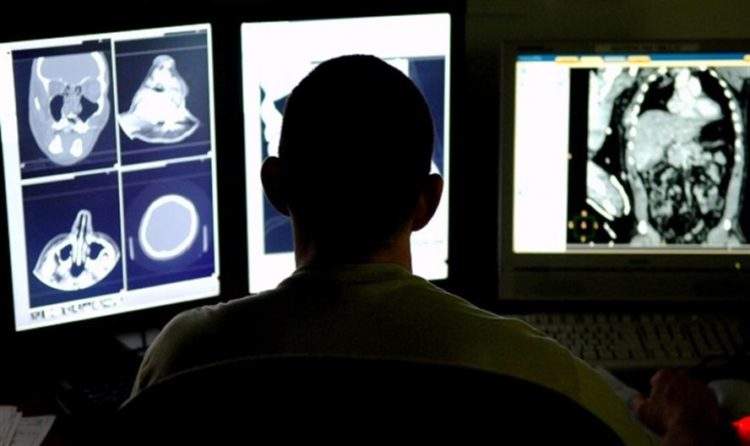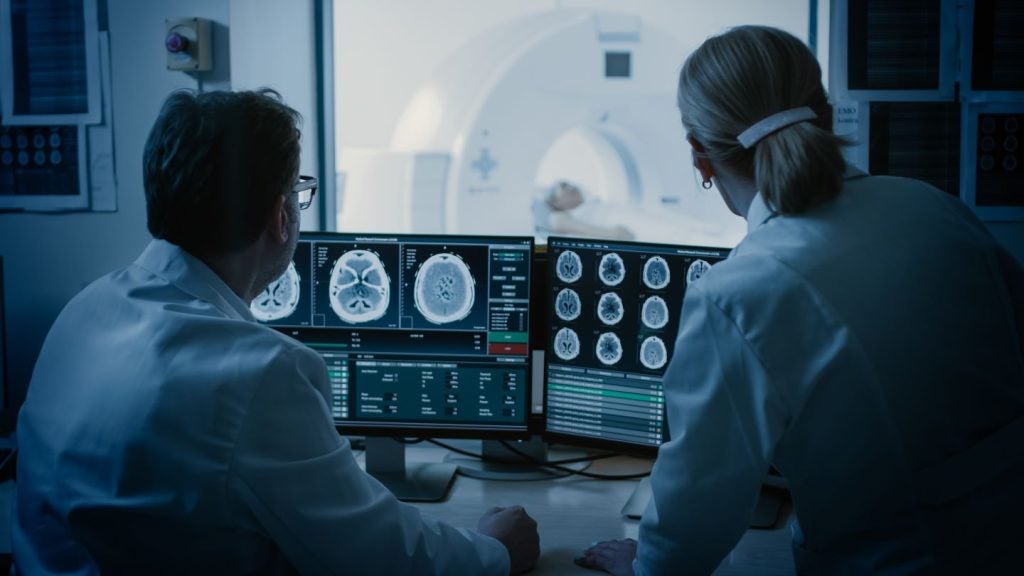
Scientists have created machine learning software that can detect a common cause of dementia and strokes in CT scans more accurately than current methods.
The software, created by researchers at Imperial College London (ICL) and the University of Edinburgh, can identify and measure the severity of small vessel disease (SVD), which is one of the most common causes of stroke and dementia.
According to the researchers, it is the first time that machine learning methods have been used in such a way, and they believe it could help clinicians administer the best treatment to patients more quickly.
“Our technique is consistent and achieves high accuracy relative to an MRI scan—the current gold standard technique for diagnosis,” said ICL clinical lecturer and lead author Dr Paul Bentley. “This could lead to better treatments and care for patients in everyday practice.”
The technology could also predict a person’s likelihood of developing dementia from SVD and may also pave the way for more personalised medicine. In stroke patients, for example, treatments used to unblock an artery can also be hazardous and cause bleeding. In the future, the software could be applied to estimate the risk of haemorrhaging on a patient-by-patient basis.
The software learnt how to detect SVD by analysing the historical data of 1082 CT scans of stroke patients across 70 hospitals in the UK between 2000 and 2014 and identifying and measuring a marker of SVD. It then gave a score indicating how severe the disease was, ranging from mild to severe. When compared to the diagnosis of the same scans by a panel of expert doctors, the level of agreement was just as accurate.
How well do you really know your competitors?
Access the most comprehensive Company Profiles on the market, powered by GlobalData. Save hours of research. Gain competitive edge.

Thank you!
Your download email will arrive shortly
Not ready to buy yet? Download a free sample
We are confident about the unique quality of our Company Profiles. However, we want you to make the most beneficial decision for your business, so we offer a free sample that you can download by submitting the below form
By GlobalDataUniversity of Edinburgh head of neuroimaging sciences professor Joanna Wardlaw said: “This is a first step in making a scan reading tool that could be useful in mining large routine scan datasets and, after more testing, might aid patient assessment at hospital admission with stroke.”
In additional tests, researchers obtained the MRI and CT scans of 60 people and used the MRI to determine the exact amount of SVD. The results showed the software to be 85% more accurate at predicting the severity of SVD.
The team are applying similar methods to other types of conditions commonly diagnosed by brain CT, such as brain shrinkage.
The study was published in Radiology and funded by a National Institute for Health Research i4i Invention for Innovation award, and a National Institute for Health Research Imperial Biomedical Research Centre grant (NIHR BRC).




